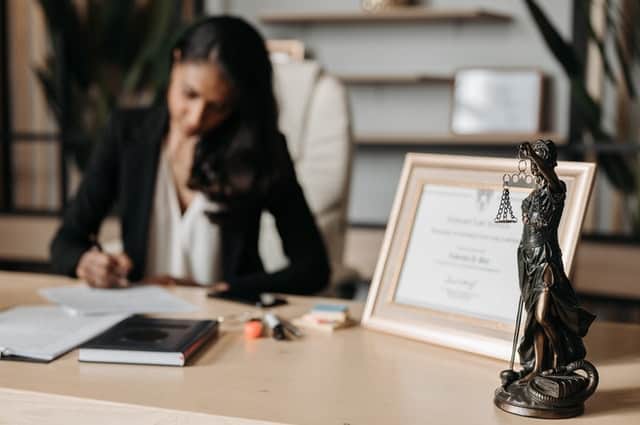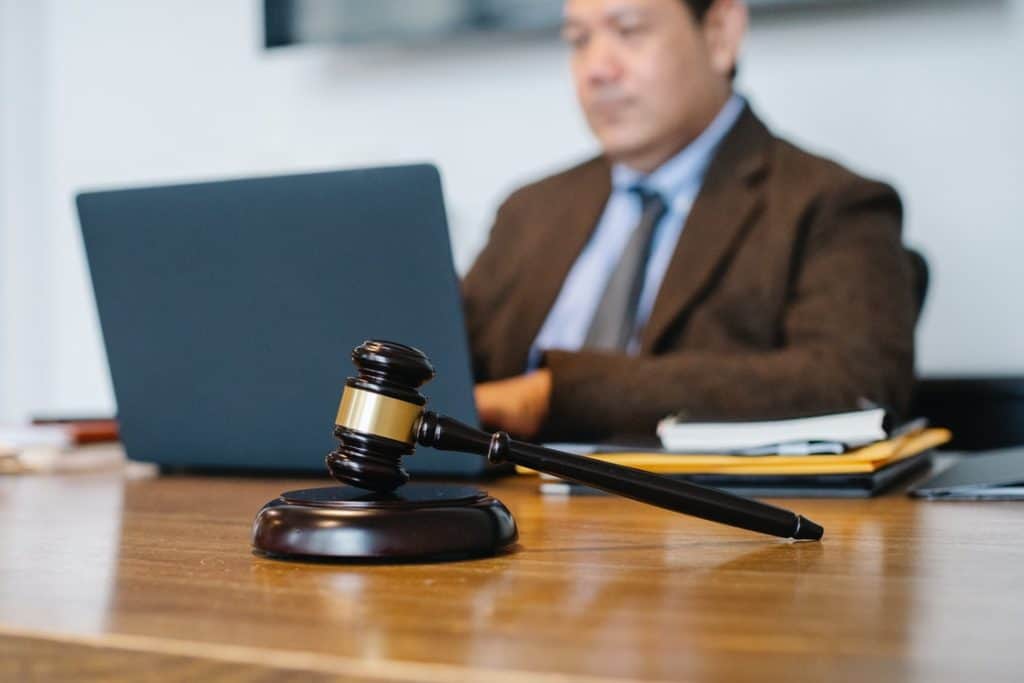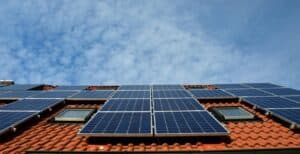Whos at fault in a Tesla accident? The fault for the crash, in this case, lies with the Tesla driver and the autopilot system. Both failed to recognize the slow-moving truck and put their trust in autopilot. This article will explore the legal implications of both levels of autonomy and how they should be implemented. You’ll also learn about the Safety board’s recommendations. And while you’re at it, you should take a look at some of the recent research on self-driving cars.
Autopilot
Recently, several Tesla accidents were reported, with one crash involving a car that was on Autopilot. Police in a suburban Houston area said no driver was involved in the crash, but Tesla denied this. The automaker’s vice president of vehicle engineering confirmed that the car’s adaptive cruise control had engaged before the crash, and the system had increased its speed to thirty miles per hour before the collision. The National Highway Traffic Safety Administration has said it will continue to investigate the crash to determine whether Autopilot was at fault.
While the NHTSA has yet to release its findings regarding the collision, many experts are skeptical about the claims of the company. While Tesla engineers may be at fault for the collision, a Tesla accident attorney must be well-versed in the rules and regulations regarding Tesla vehicles. A self-driving Tesla lawyer must stay abreast of the latest safety regulations. Even if Autopilot wasn’t the cause of the crash, the attorney’s job is not over.
California prosecutors have filed vehicular manslaughter charges against a Tesla driver who ran a red light while on Autopilot in late 2018. Riad is facing two felony counts of vehicular manslaughter. The case marks the first in the country of a fatal driver-assist system crash. Riad pleaded not guilty to the charges in October and remains free on bail while the case is being reviewed.
The NHTSA has begun a formal investigation into Tesla’s Autopilot crashes. The investigation covers 765,000 vehicles sold in the U.S. since the 2014 model year. In addition to the lawsuits, Tesla has disbanded its media relations department and updated its Autopilot software to increase its ability to detect emergency vehicles. Even so, the NHTSA is urging automakers to limit the amount of self-driving technology and improve monitoring technology.
Driver Supervision

According to this team of leading no win no fee lawyers, a driver in a self-driving Tesla needs to be aware of the L3 barrier and always be able to take back control of the car. Tesla’s software has proven itself safe through billions of miles of testing. However, the vehicle can be dangerous if the driver is not properly supervised, and the car must remain under that level of safety. In addition, it is necessary to train Tesla drivers to take back control.
While the NTSB is investigating the use of these systems, a report from the National Transportation Safety Board shows that driver supervision in a self-driving vehicle accident is essential. Tesla’s website warns drivers that the autopilot features require active driver supervision. But it’s important to remember that the company’s advertising campaigns use words such as “autopilot” or “full self-driving software” to mislead drivers.
The first self-driving Tesla accident video was shared on social media by a Tesla employee. It shows the car hitting a pole. It could be the first accident captured on video, as it’s the first Tesla FSD beta video. Several outlets shared the video, which garnered nearly 200,000 views – 10 times more than most of Bernal’s other videos. This accident raises the question of whether Tesla should remove the need for human supervision in future software updates.
While the autopilot features in a Tesla require active driver supervision, they don’t make the vehicle completely autonomous. The autopilot features are designed to assist the driver, not take over. Several crashes involving Tesla’s self-driving car have been investigated by the National Highway Traffic Safety Administration and are the subject of a federal investigation. A recent case in California is under investigation by the National Highway Traffic Safety Administration.
Level 2 Autonomy
The NHTSA has begun investigating crashes involving self-driving vehicles. Level 2 autonomous vehicles can control steering, braking, and acceleration without human intervention. Nonetheless, human drivers must remain alert and engaged while driving. Tesla’s controversial Full Self-Driving system is at the high end of the automation spectrum. This technology is the most advanced currently commercially available. In other words, it is the next step in developing fully autonomous cars.
In a recent incident, a Tesla Model S left a freeway at high speed, ran a red light, and crashed into a Honda Civic. The crash caused two fatalities: the Honda Civic driver and passenger. The Tesla driver and the other passengers were injured in the crash. Tesla’s Autopilot software has been in the news due to the crash. The National Highway Traffic Safety Administration (NHTSA) has several investigations related to Tesla Autopilot.
The driver of the Tesla car tried to avoid an unsafe maneuver by forcing itself into the wrong lane halfway through a turn. This maneuver was an unsafe one and was subsequently disputed by the company. Tesla CEO Elon Musk has denied that his Autopilot system caused the crash. However, the NHTSA’s initial investigation has raised concerns about the safety of Autopilot in the US.
In a recent Tesla accident, a driver who engaged the partially-automated driving assistance system was arrested. In the incident, the driver killed two people while crashing his car. The driver was also fined but has since been released from custody. However, NHTSA is seeking to extend the incident reporting deadline to three years. Ultimately, the safety of these self-driving Teslas depends on how the public views these vehicles.
Safety Board Recommendations
The National Transportation Safety Board (NTSB) on Tuesday reiterated seven safety recommendations that it said contributed to the fatal accident of a self-driving Tesla. The board urged the NHTSA to evaluate the autopilot system, conduct tests, and set performance standards. Critics have warned that driver assistance features can lull people into complacency and can cause accidents. The NTSB also recommended that employers create policies requiring employees not to use their cellphones while driving.
The NTSB is an independent federal agency that investigates accidents in civil aviation and other modes of transportation. The NTSB also recommends improvements to prevent accidents, and the Tesla company has not responded. However, it can make recommendations that will impact future safety standards. For now, the NTSB’s recommendations will be applied to the company’s vehicles. The recommendations may not have an immediate impact on Tesla, but they can make drivers more aware of how to protect themselves.
The NTSB said that the Autopilot feature of the self-driving Tesla should have been enhanced with safeguards for drivers who do not have their hands on the wheel. The vice-chairman of the NTSB called the Autopilot faulty and urged Tesla to implement more safeguards. The NTSB’s investigation of the accident is typically months or years long. Tesla did not respond to requests for comment or a public release of details about the incident.
While the NTSB has not made a final decision regarding Tesla, it has cited other incidents of a Tesla accident that occurred with its Autopilot. At least one person was killed and 17 were injured, so the NHTSA is investigating the factors contributing to the accident. Tesla’s autopilot has a heightened risk of crashing into parked fire and police vehicles. The automaker must make sure its autopilot system can detect a crash scene and respond appropriately if it is involved in an accident.
Legal Ramifications of a Self-driving Tesla Accident
A recent crash between a Tesla Model S and a fire truck on the I-405 shows the ramifications of the Autopilot system. While the National Transportation Safety Board has determined that the truck driver was at fault, the automaker did have some liability as well. In August 2019, a driver in a Ford Explorer pickup was hit by a Tesla Model 3 traveling 60 miles per hour on Autopilot.
The National Highway Traffic Safety Administration (NHTSA) has opened about two dozen investigations into accidents involving self-driving Tesla vehicles. The agency has been investigating crashes involving autonomous vehicles since 2016, but a new federal law enacted this summer has added complications to the case. Tesla is still required to wear a seatbelt, which could limit its liability. It also has to comply with other federal and state regulations that may apply.
Until now, the legal ramifications of a self-driven Tesla accident have been unclear. Even though the technology is advancing and becoming more technology-dependent, there are still many questions surrounding its legal liability. For example, it is possible that a third-party hacker caused the crash, but that scenario is extremely unlikely. In that case, the manufacturer is likely to argue that the crash was caused by a third-party hacker. While this may be true in some cases, most states are not currently enforcing the laws on self-driving Teslas. This means that the company is still in the early stages of development and there is still time for further investigation.
While it’s difficult to hold a self-driving automaker liable for an accident involving an autonomous Tesla, the situation can still be very complex. The automaker may be liable for a failure in hardware or software, or the driver may be responsible for the injuries or damages of the other party. In some cases, the vehicle owner will also be liable if it was driven without their permission.




